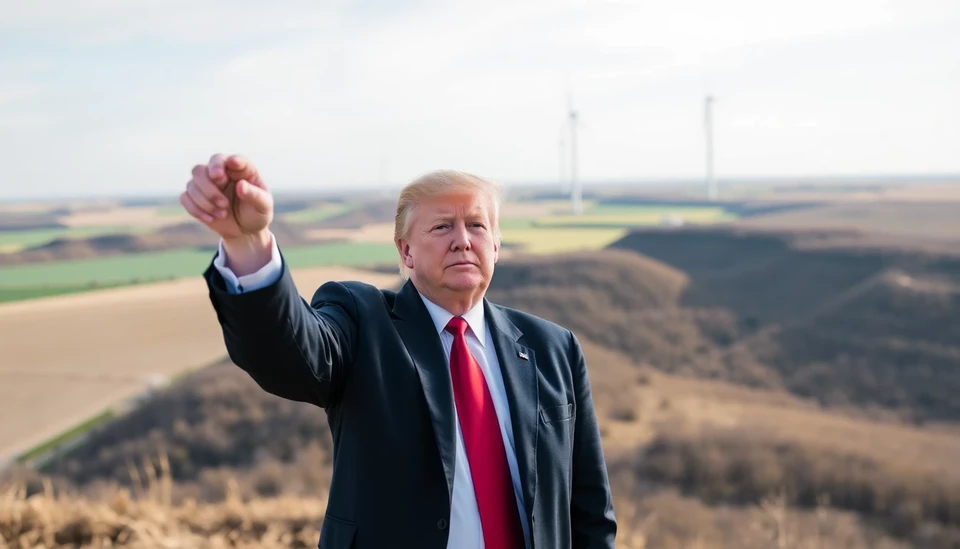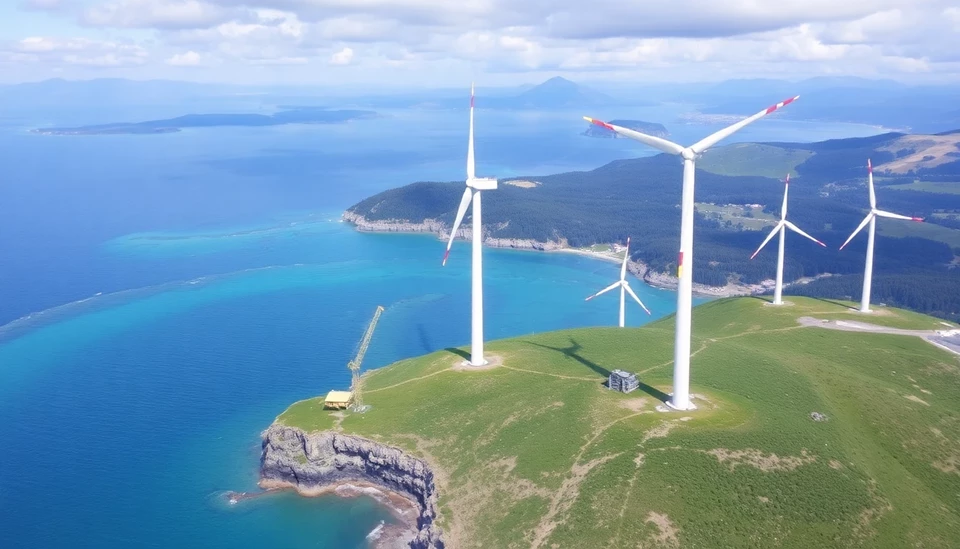
In a stark reminder of the vulnerabilities within Europe’s renewable energy landscape, recent windless days have sparked an intense debate regarding the reliability of the continent's energy transition. As Europe grapples with the challenges posed by a diminishing supply of wind energy, experts are voicing concerns about the feasibility and sustainability of its ambitious renewable rollout.
Throughout early November, much of Europe experienced a significant drop in wind activity, leading to power shortages across several regions. Countries like Germany, which has heavily invested in wind energy, found themselves scrambling to secure alternative sources of power to meet demand. This sudden dip in energy generation highlights a crucial question: Can Europe’s grid withstand prolonged periods of low wind generation?
Energy analysts have pointed out that Europe’s swift pivot towards renewable energy sources, while necessary for combating climate change, may have overlooked the potential risks associated with weather dependency. Unlike traditional energy sources which can provide a steady output, wind energy generation can be unpredictable. The recent weather patterns have underscored this unpredictability, revealing gaps in the energy supply that could jeopardize the stability of everyday life across the continent.
In response to these challenges, many governments are considering immediate measures to bolster energy security. This includes revisiting investments in fossil fuel alternatives and enhancing the integration of energy storage technologies and grid infrastructure. These steps are essential not just to cope with periodic outages, but also to build a more resilient energy system capable of handling unpredictable weather phenomena associated with climate change.
Furthermore, as European countries strive to meet ambitious carbon neutrality targets, the need for a diversified energy portfolio has never been more pronounced. There is growing advocacy for increased investments in nuclear energy, solar power, and other renewable sources that can complement wind energy and provide a more balanced energy mix. The lesson from the recent windless days is clear; reliance solely on one form of renewable energy may not be a viable long-term strategy.
As the continent prepares for the colder months, concerns are mounting over energy demand exceeding supply, particularly in light of potential increased usage for heating in homes and businesses. Policymakers are urged to prioritize energy conservation measures and enhance public awareness about potential shortages. The event has also sparked discussions about the need for better forecasting technologies that can offer more accurate predictions about wind patterns and energy generation capabilities.
As Europe continues to champion its renewable transformation, the recent incidents serve as a cautionary tale. The transition towards a greener future is fraught with challenges, and without a robust risk management strategy, the continent may find itself caught in a precarious position unable to meet its energy needs during critical periods.
The future of Europe’s energy landscape hinges not only on the expansion of wind farms but also on the strategic planning that anticipates and mitigates the impacts of natural variability. Only time will tell if the continent can balance its environmental ambitions with the practicalities of energy production and consumption.
In conclusion, while Europe is on a commendable path toward renewable energy, the recent windless days have illuminated significant challenges that must be addressed to avoid future energy crises. As preparations are made for winter and beyond, the innovations and strategies adopted in the near future will be crucial in ensuring that Europe’s energy goals remain achievable and sustainable.
#EuropeEnergy #Renewables #WindEnergy #SustainableFuture #EnergyTransition #ClimateChange #EnergySecurity #GreenEnergy
Author: Megan Clarke




